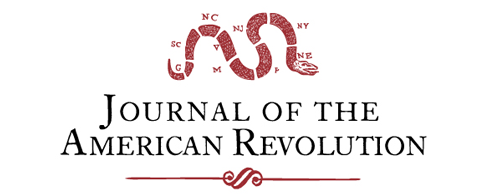The Green Mountain Insurgency: New York’s Rebellion Against the Crown
The pre-Revolutionary War history of Vermont centered on a border dispute between the colonies of New York and New Hampshire. It is a complicated but colorful history, one that has been populated through the years with stories of greedy royal governors, show trials by corrupt provincial officials, land hungry settlers, shady land speculators, lawless vagabonds […]
